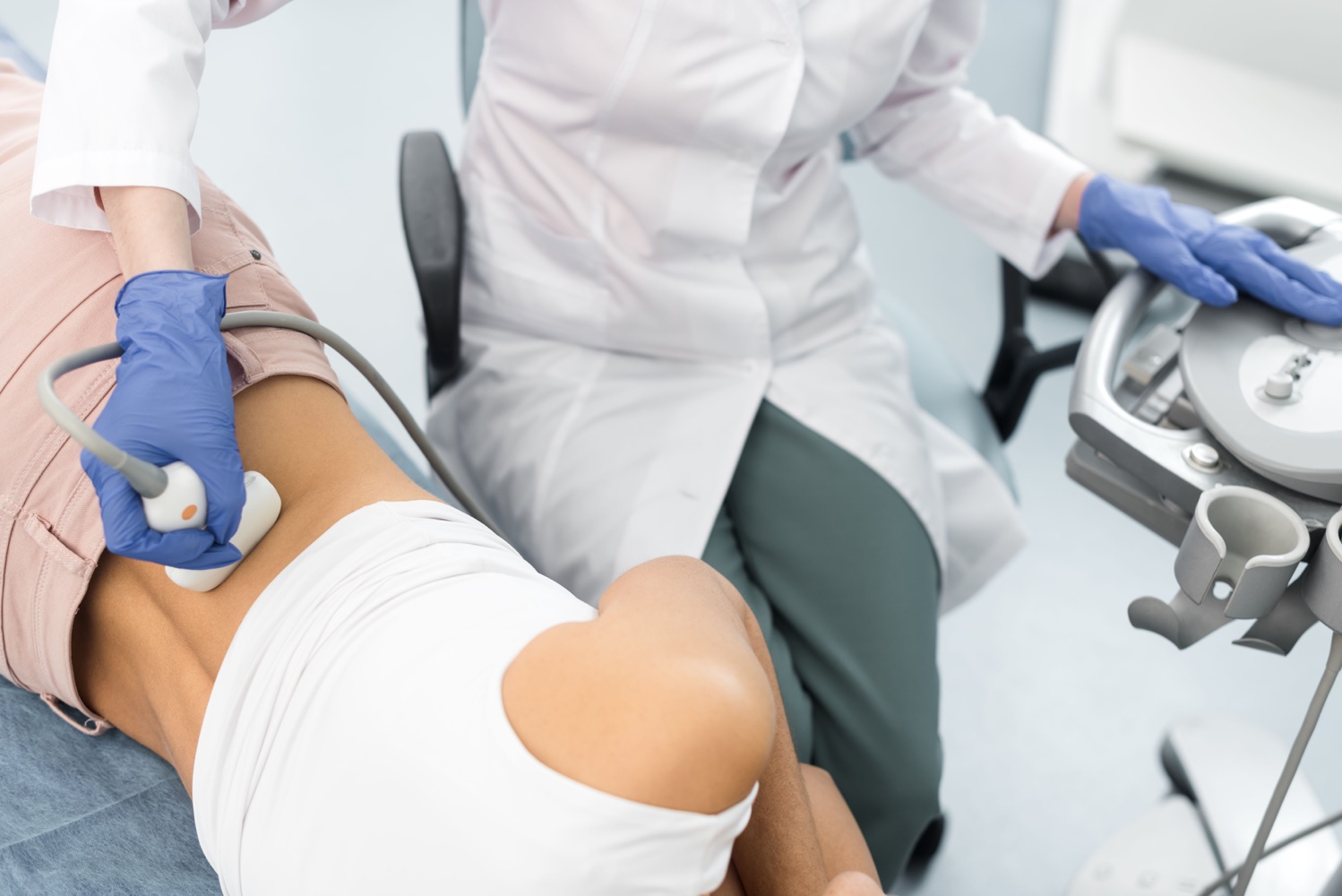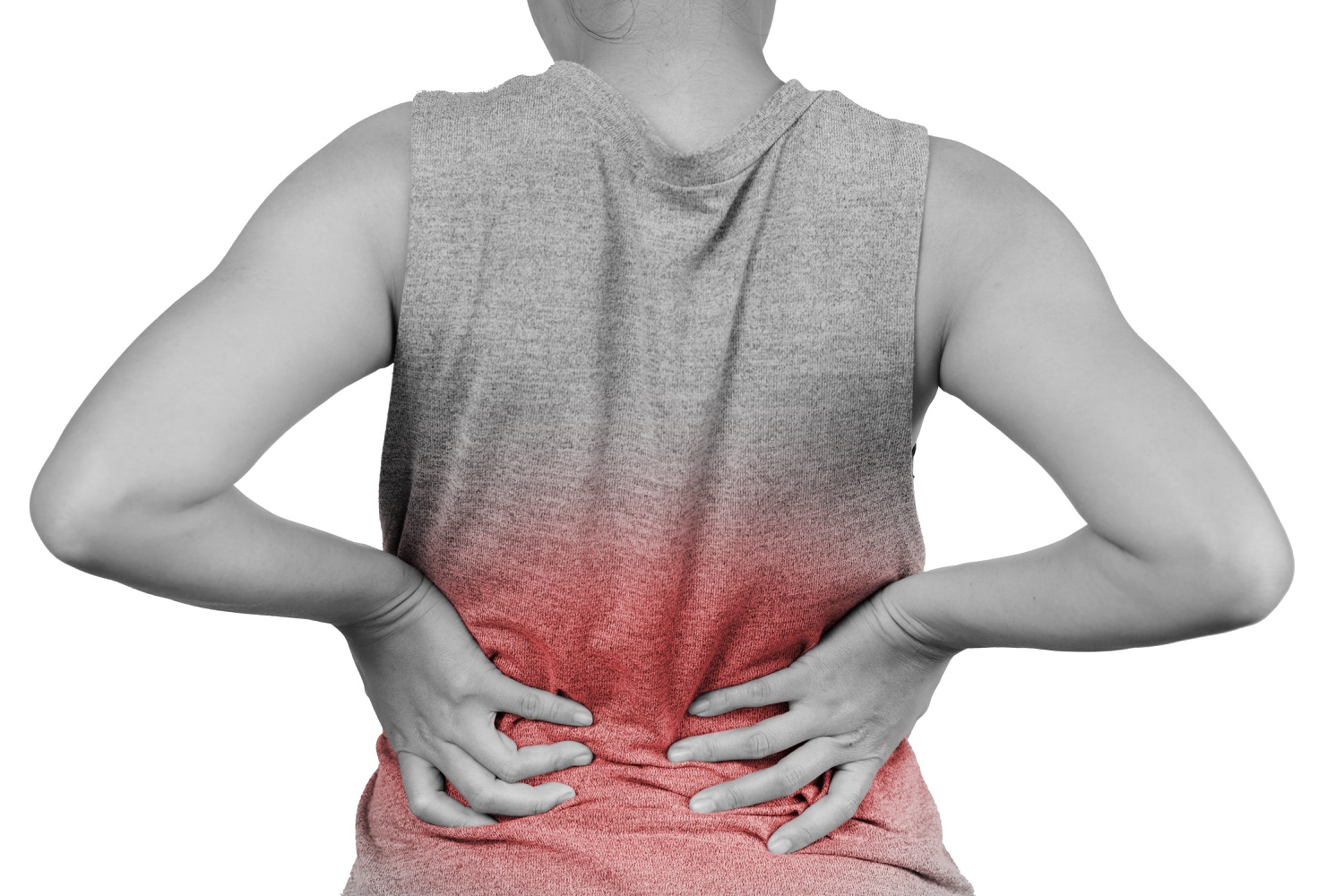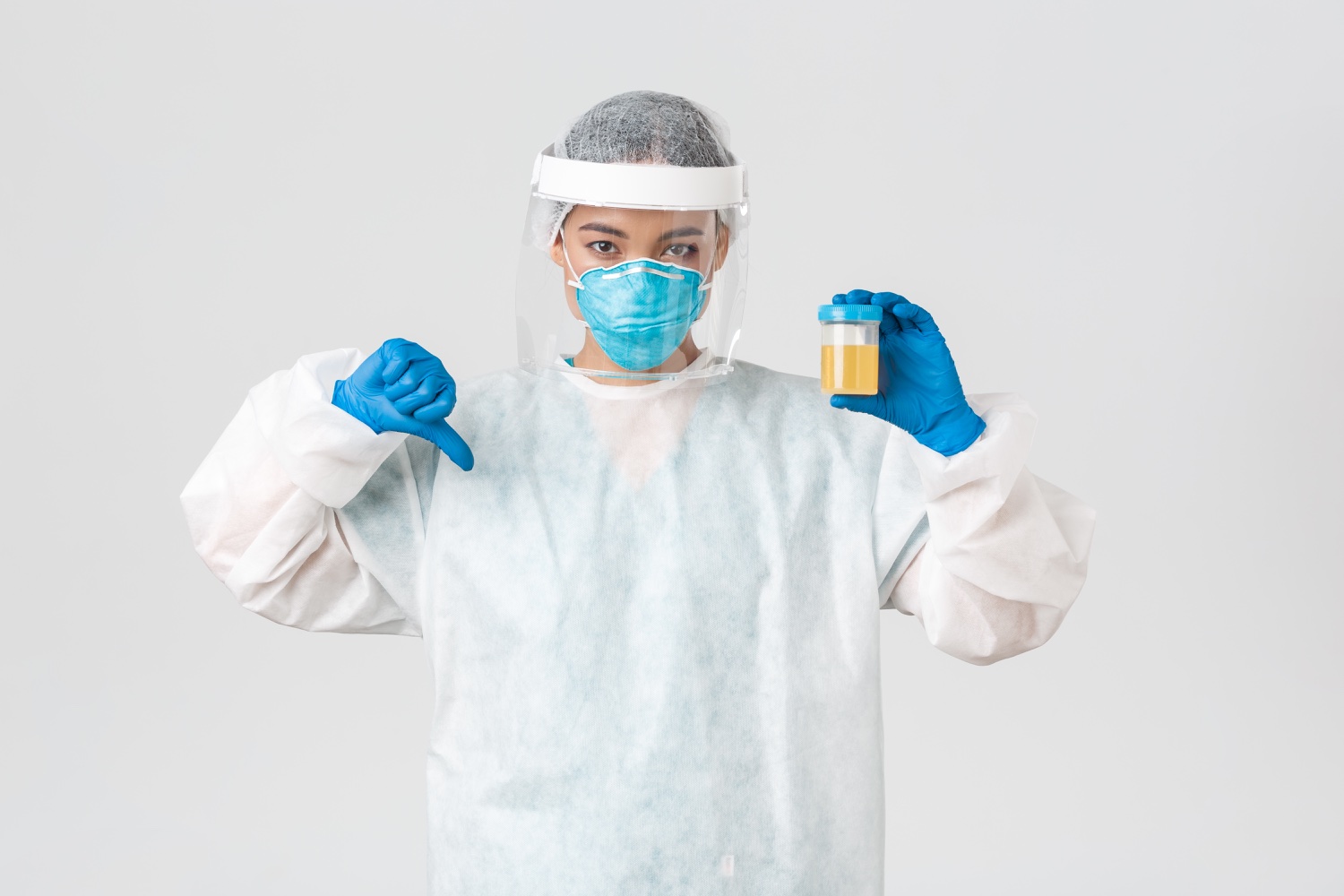The kidneys are a pair of bean-shaped organs located on either side of the spinal cord in the lumbar region of the body. Since their function is to filter wastes in the blood, kidney diseases reveal findings that affect all body systems. They also play a role in regulating blood pressure because they affect the amount of fluid in the body. Kidney diseases generally cause symptoms such as weakness, fatigue, nausea, vomiting, bloody urine, edema, hypertension, and dyspnea (shortness of breath). The most common kidney diseases are nephritis (kidney inflammation), kidney stones (nephrolithiasis), and urinary tract infection.
Nephritis

Nephritis (kidney inflammation) is defined as an inflammatory condition resulting from damage to kidney tissues. The smallest functional unit of the kidneys is called the nephron. Nephritis is a disease that can be acute or chronic that prevents the kidneys from continuing their normal function. In acute nephritis, patients usually apply to the clinic with complaints of high fever, loss of appetite, and kidney pain felt in the lumbar region, accompanied by fatigue and weakness. More systemic findings are seen in chronic nephritis disease. Blood in the urine, an increase in the number of urea, and pain during micturition are the symptoms of chronic nephritis.
Nephritis disease may be due to genetic reasons, as well as infections of Hepatitis B, Hepatitis C, Beta, and HIV bacteria or the use of certain drugs. Factors that increase an individual’s risk of developing nephritis can be listed as individuals with nephritis in the family, hypertension, obesity, diabetes, and cardiac disorders. Nephritis can be detected during routine check-ups. Early diagnosis and initiation of treatment are very important in the course of the disease.
The diagnosis of nephritis is made by evaluating urine and blood analysis. The presence of blood and protein is evaluated in the urinalysis. In the blood analysis, creatinine and blood urea nitrogen (BUN), which gives information about kidney functions, are evaluated. In addition, ultrasound and computed tomography imaging methods are used to view the damage in the kidney. In order to confirm the diagnosis, a kidney biopsy can be performed and the type of nephritis is determined by biopsy.
In the treatment of nephritis, some changes are seen according to the type of nephritis. In acute nephritis patients, sometimes the patient may recover without the need for medical treatment. In chronic nephritis patients, the failure of the kidneys to function leads to systemic problems affecting the whole body. Since excess water and waste materials formed in the body cannot be eliminated from the body through the kidneys, medical treatment is needed. In patients with chronic nephritis, drugs that reduce edema and help control blood pressure are used. The patient’s kidney functions and blood pressure are followed up with regular examinations. Patients are advised to gain regular physical activity habits, not to smoke, and to control their weight.
In cases where kidney damage caused by nephritis is irreversible, dialysis treatment is used if the intact tissues do not allow the patient to maintain kidney functions. Dialysis assumes kidney function and allows the blood to be filtered.
Kidney Stone (Nephrolithiasis)

Kidneys are organs that filter waste materials from the body and remove them from the body. As a result of the precipitation and crystallization of various minerals in the blood, non-microbial kidney stones consisting of calcium oxalate and uric acid or microbial citruvite stones are seen in the kidneys. Kidney stones can be thrown out with urine by moving down in the ureter (urinary canal). It can obstruct the ureter by getting stuck in various strictures along its path in the ureter.
Risk factors for kidney stone formation can be listed as genetic predisposition, higher than normal urine concentration, and low amount of diluents such as magnesium, glycoprotein, and citrate in the urine. In addition, insufficient fluid intake in individuals, a diet rich in animal protein and poor in fiber, and insufficient physical activity also pose a risk for kidney stone disease.
Patients with kidney stones mostly apply to the clinic with complaints such as low back pain, recurrent urinary tract infections, and blood in the urine. Direct radiography (X-ray), ultrasonography (USG), intravenous pyelography (IVP), and computed tomography imaging methods are used for the diagnosis of kidney stones.
The treatment of kidney stone disease may vary according to the size, structure, and localization of the stone. Regular follow-up is recommended for stones in the calyces of the kidney. Treatment is recommended for calyx stones that grow and pass into the ureter. In addition, treatment is recommended for stones located at the beginning of the ureter in the kidney, which is called the renal pelvis. In the medical treatment of kidney stones, antispasmodic and analgesic drugs are used for stones smaller than 5 mm in diameter. In addition, patients are provided with plenty of fluids. Thus, it is ensured that the stones pass through the ureter and are excreted with urine. The extracorporeal shock wave lithotripsy (ESWL) method is another method that is frequently used in the treatment of kidney stones. In this method, the stones in the kidney are broken up with the help of sound waves applied from outside the body. Kidney stones that break into small pieces can pass through the ureter more easily and be excreted in the urine. If the stones thrown into the ureteral canal are not excreted with urine, they can be treated with the help of a device called a ureteroscope. With the ureteroscope, stones can be reached by passing through the urethra and bladder and entering the ureteral canal. The stones reached can be broken down in the ureter and made smaller. Another method used to remove kidney stones from the body is percutaneous nephrolithotomy surgery. Since this surgery is performed through a small incision in the back, it is also called closed kidney stone surgery.
Urinary Tract Infection

All infections that can occur in different parts of the urinary system, including the kidneys, bladder, and urinary tract, are generally called urinary tract infections. For example, infection of the ureter, which is the canal that carries urine from the kidney to the bladder, is called urethritis, the type of infection in which the bladder is affected is cystitis, and the type of infection in which the nephrons, the smallest functional unit of the kidney, is called pyelonephritis. The most common of these is the type of infection in which the bladder is affected, called cystitis.
The most common cause of urinary tract infections is bacteria entering the body from the outside The most common bacterial cause of infection is coli bacillus. In addition, pathogens such as sexually transmitted herpes and gonococci can also cause urinary tract infections. Patients with urinary tract infections may have symptoms such as inflammation, pain, foul-smelling urine, frequent urination, small amounts of urination, blood in the urine, fever, vomiting, and nausea during urination. Diagnosis of urinary tract infection, urine culture for the detection of bacteria causing infection, urinalysis for the detection of blood, bacteria, and defense cells to determine the infection values of the patient, cystoscopy in which the urinary tract and bladder are examined by the physician, and kidney-bladder ultrasonography can be put. Cystoscopy is a special method that allows visualization of the bladder and urinary tract. With this method, bladder stones, bladder tumors, and inflammatory conditions can be examined in detail. Because women’s urinary tracts are shorter than men’s, bacteria can reach the bladder more easily and urinary tract infections develop more in women than men. Since the biggest sources of urinary tract infections are bacteria, treatment is usually started with antibiotics. The dose and duration of the antibiotic are determined by the physician depending on the patient’s condition. Consumption of plenty of water to prevent infection with antibiotic treatment, cleaning the genital area from front to back after the toilet, avoiding urine retention, changing sanitary pads at short intervals, avoiding tight and polyester underwear, alcohol, tea, coffee, etc. may cause bladder damage. Patients are informed about the frequent consumption of beverages. In cases of cystitis that cannot be cured despite the use of antibiotics, the underlying cause is investigated by using advanced examinations.